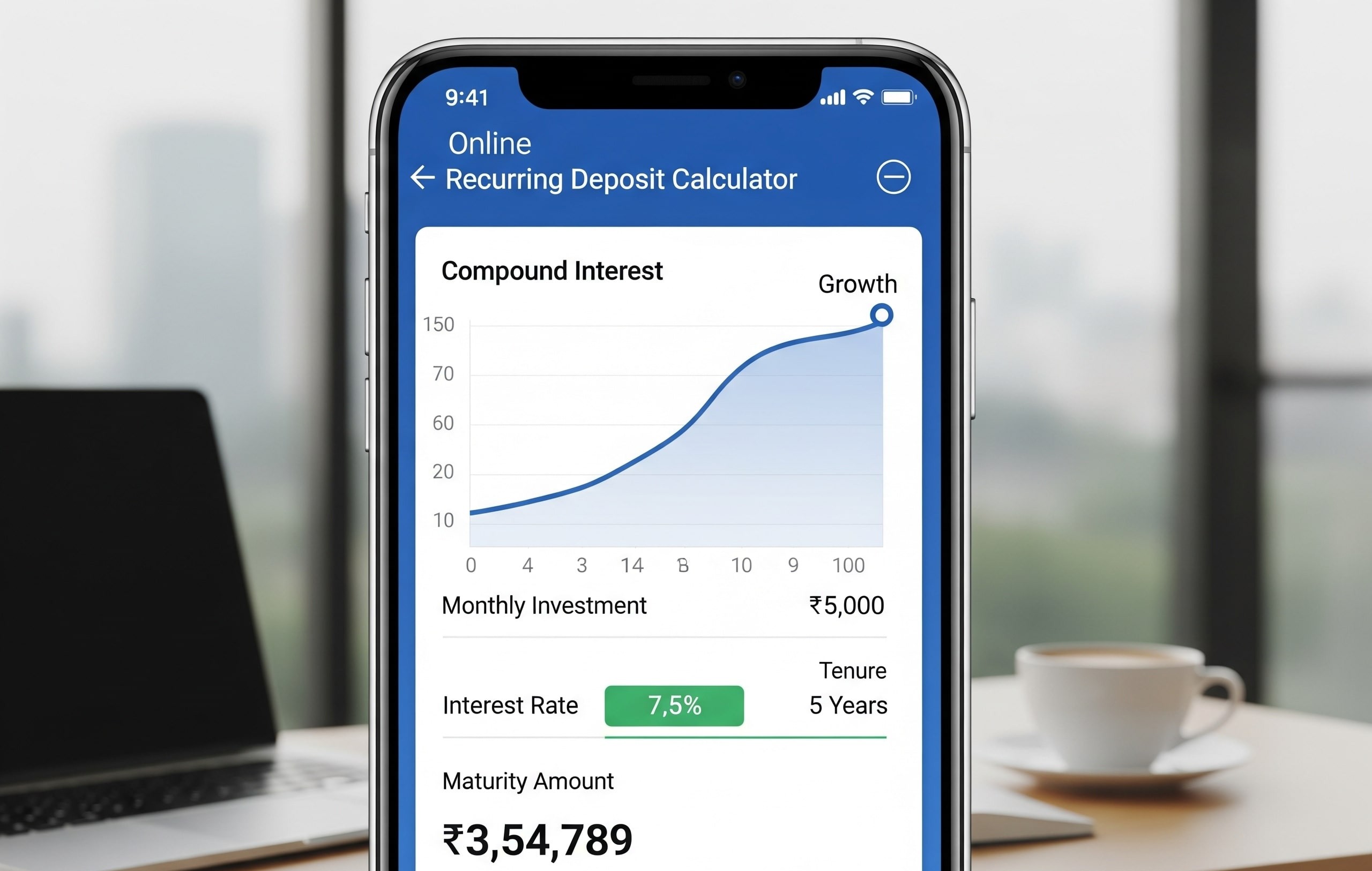
Investing in a mutual fund without proper research can cause unforeseen risks. Proper examination of a fund’s performance, management approach, and fees assists you in making informed decisions. Understanding how to analyse mutual funds ensures that the fund matches your financial goals and risk appetite. In this guide, we will explain the key points you should check before investing. With the right approach, you can choose funds that offer stronger growth potential and better align with your needs.
Expense Ratio
The expense ratio indicates the percentage of a mutual fund’s total assets that is levied on investors annually to manage their funds. Mutual fund charges typically belong to 5 broad categories. An increased expense ratio lowers the returns that an investor receives. This is why it is advisable to select funds with a lower expense ratio.
You may be thinking about how the expense ratio of a scheme affects your returns. Mutual funds usually have two kinds of plans: Direct and Regular.
| Type of Plan | Broker/Distributor Fees | Expense Ratio | Impact on Returns |
| Direct Plan | None | Lower | Higher returns for the investor |
| Regular Plan | Yes | Higher | Lower returns due to added charges |
Both plans are operated by the same fund managers, who invest in the same bonds and stocks. Hence, their portfolios are the same. The only difference is that the direct plans do not have any broker or distributor fees.
Regular plans, on the other hand, have commissions or fees since brokers and intermediaries sell these funds. These charges are loaded on the expense ratio of the fund, hence making regular plans more expensive than direct plans. The additional charge is typically 1% to 1.25% annually. It is advisable to compare and check the expense ratios of various funds before investing.
Fund Performance and Benchmark Performance
One of the first things that investors need to do when conducting a mutual fund analysis is to check how a mutual fund has performed against its benchmark. But how do you know whether or not a fund’s returns are really good?
Each fund is tied to a benchmark it aims to beat. Viewing returns alone can be misleading. Consider your investment in a mutual fund that returns you 20% in one year. Sounds good, right? Now, if the fund’s benchmark returned 25% in the same time period. Then, the fund actually underperforms, and you lose an additional 5% you might have made by staying with the benchmark.
The additional return a fund generates over its benchmark is called “alpha.” When you are choosing a fund, it is essential to select one that consistently shows a positive alpha. Always be sure to compare a fund’s performance against its benchmark and not just its unique features.
Risk Level
Knowing the risk level of a mutual fund is equally vital as looking at its returns. Risk and returns always go together when investing.
Mutual funds always clearly state their risk levels so that one knows exactly what they are entering into. Funds are normally categorised into five categories of risk: low, moderately low, moderately high, and high.
Now you may think, how should this information help you make your choice? It’s easy. The risk level of the fund must be aligned with your own risk tolerance. For example, if you are conservative about investment, then you must stay away from schemes that have a high-risk label.
It is also wise to see if the fund provides good risk-adjusted returns. A fund that involves more risk should ideally give you greater rewards to make the added risk worth it. Always ensure the possible returns justify the risk being taken.
Also Read: Understanding Mutual Fund Risk: High vs Low Risk Investments | Debt vs Equity Mutual Funds: Where Should You Invest?
Portfolio Turnover Ratio
The portfolio turnover ratio is about measuring how often a fund manager is purchasing or selling securities in a fund. It is essential because a lot of buying and selling involves more transaction charges, which cut into your return. A high ratio of turnover will normally lead to investors receiving lower net returns. That is why comparing funds requires considering both the expense ratio and the turnover ratio. For instance, if there are two funds, Fund A and Fund B.
Fund A returns 10%, and Fund B returns 9%. Fund A appears better at first. However, when they are factored with their expense ratios, which were 3% for Fund A and 1% for Fund B, Fund B gives you a net return of 8%, which is higher than Fund A’s net return of 7%.
So, always look beyond surface returns when analysing funds.
Fund Manager
Besides the points already discussed, it is also important to consider a few more factors.
The experience and track record of the fund manager play a key role. Investors should check how long the fund manager has been managing funds and the other schemes they are handling. This can give you more confidence that your investment is being managed well.
It also helps to look at the overall reputation and past performance of the fund house that runs the scheme. A strong fund house history adds another layer of trust when choosing where to invest your hard-earned money.
The Final Thoughts
Before you start investing in mutual funds, do your research. As you now know how to analyse mutual funds performance, spend some time reviewing important aspects that can make a difference in achieving your financial objective. It is similar to making sure your hard-earned money is doing what you want it to do. So take a moment to analyse all those critical factors, and you will be glad in the long run.
Also Read: How to Build a Mutual Fund Portfolio for Beginners | What Is an Exit Load in Mutual Funds?
FAQs
Can a mutual fund’s history determine the future performance of a fund?
The past performance of a fund is not the sole predictor of its future returns. Other factors like market trends and economic conditions also influence outcomes.
Can the outcome of a mutual fund change even after analysis?
Even after analysis, the outcome may change because mutual funds are subject to market fluctuations.
What is the 7-5-3-1 rule?
The 7-5-3-1 rule is a strategy used to invest in Systematic Investment Plans. It focuses on long-term growth, diversification, and increasing SIP amounts gradually for maximum returns.
What’s the best indicator of a successful mutual fund?
Technical indicators like moving averages, RSI, and support and resistance levels can help assess the performance potential of a mutual fund.
Hello there, my name is Phulutu, and I am the Head Content Developer at Nivesh Karlo. I have 13 years of experience working in fintech companies. I have worked as a freelance writer. I love writing about personal finance, investments, mutual funds, and stocks. All the articles I write are based on thorough research and analysis. However, it is highly recommended to note that neither Nivesh Karlo nor I recommend any investment without proper research, and to read all the documents carefully.






Leave a Reply